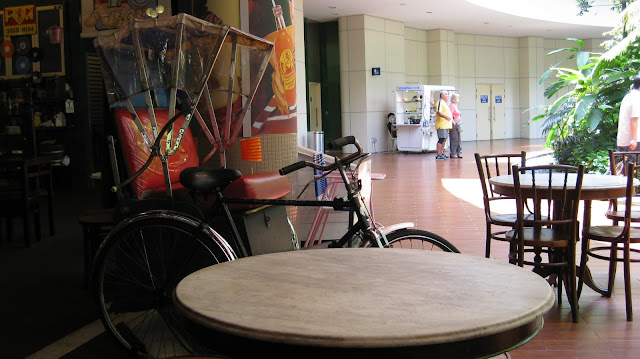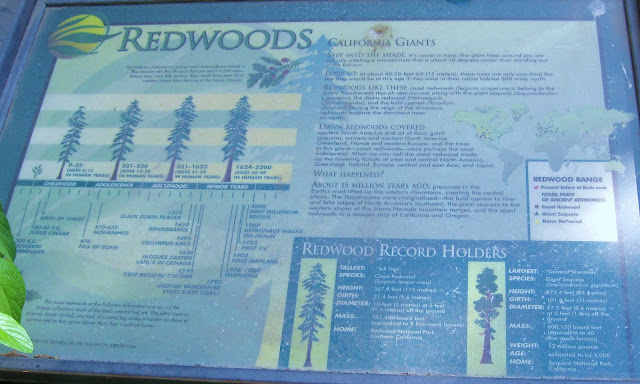Do we need regular physical
activity or exercise?
For more information, read the chapter conclusions of “Physical Activity and Health,” a report of the Surgeon General, USA.
Need to be convinced, read the “Benefits of Exercise” from the Exercise and Physical Fitness Page of George State University.
Medical and health organizations have acknowledged the importance of regular physical activity or exercise towards better health.
Exercise is good for all ages, both male and female. Regular physical activity and exercise does bring about a healthy lifestyle.
The National Health Service of UK has listed some of these benefits.
Exercise is good for all ages, both male and female. Regular physical activity and exercise does bring about a healthy lifestyle.
The National Health Service of UK has listed some of these benefits.
Benefits of regular physical activity and exercise
|
It's medically proven that people who do regular physical activity have:
|
For more information, read the chapter conclusions of “Physical Activity and Health,” a report of the Surgeon General, USA.
Need to be convinced, read the “Benefits of Exercise” from the Exercise and Physical Fitness Page of George State University.
You can get started by just walking. Walking is one of the most regular or common physical activity.
Get more tips about walking and ten reasons why we need to walk.

1. Why Exercise, part 1 & 2.
http://www.youtube.com/watch?v=iC77g88-1KU&feature=related
http://www.youtube.com/watch?v=dxRQ-4btZCU&feature=related
2. Why Exercise Is Good For You.
http://www.youtube.com/watch?v=uHUqwTCYKcw
3. Home workout-No Equipment or Gym Needed!
http://www.youtube.com/watch?v=o1Uc86SH6h4
4. Core Exercise without Equipment
http://www.youtube.com/watch?v=EaYeGviEzT8
5. Exercise & Fitness Tips : How to Exercise at Home Without Equipment
http://www.youtube. com/watch?v=Zs_fnX0-5qY
6. Do Interval Cardio With No Equipment; Body Weight Exercises Only
http://www.youtube.com/watch?v=gX2D00_agUE
Get more tips about walking and ten reasons why we need to walk.

Watch these videos and listen to experts talk about exercise / physical activity and its benefits.
http://www.youtube.com/watch?v=iC77g88-1KU&feature=related
http://www.youtube.com/watch?v=dxRQ-4btZCU&feature=related
2. Why Exercise Is Good For You.
http://www.youtube.com/watch?v=uHUqwTCYKcw
3. Home workout-No Equipment or Gym Needed!
http://www.youtube.com/watch?v=o1Uc86SH6h4
4. Core Exercise without Equipment
http://www.youtube.com/watch?v=EaYeGviEzT8
5. Exercise & Fitness Tips : How to Exercise at Home Without Equipment
http://www.youtube. com/watch?v=Zs_fnX0-5qY
6. Do Interval Cardio With No Equipment; Body Weight Exercises Only
http://www.youtube.com/watch?v=gX2D00_agUE






































